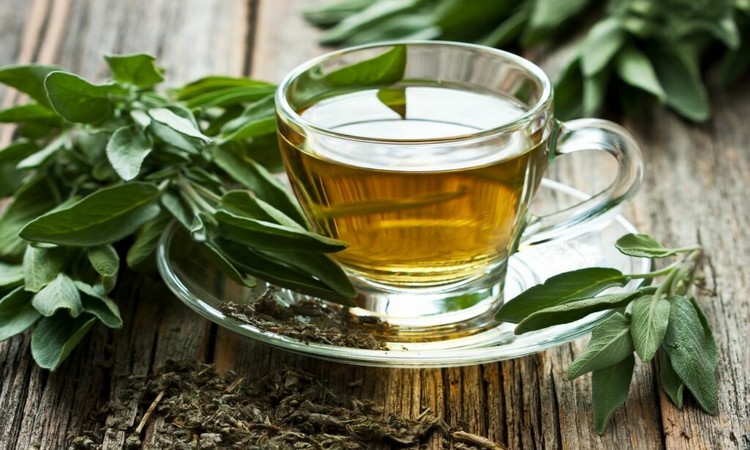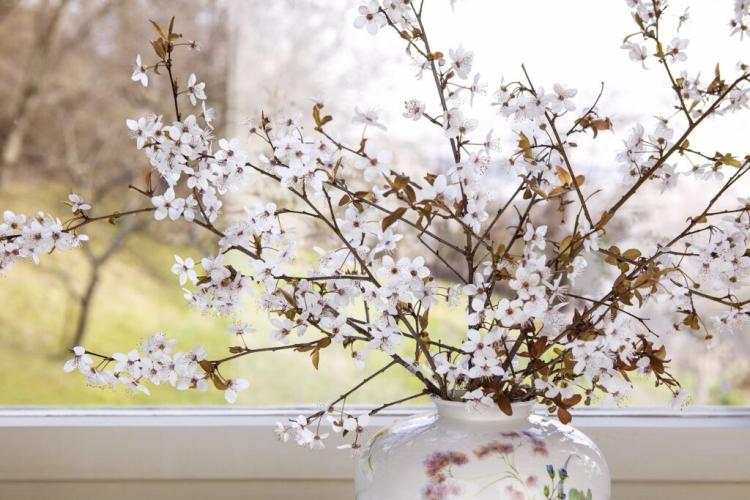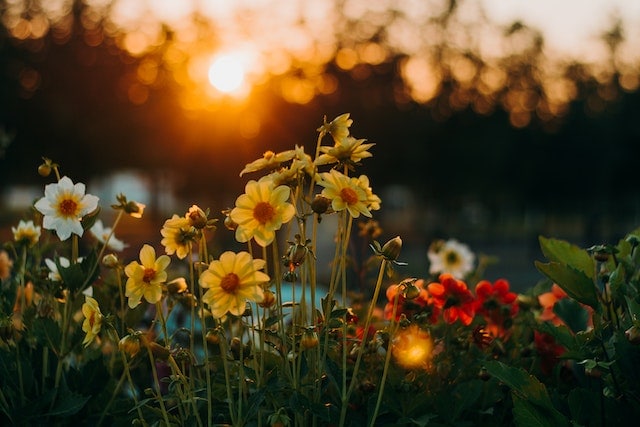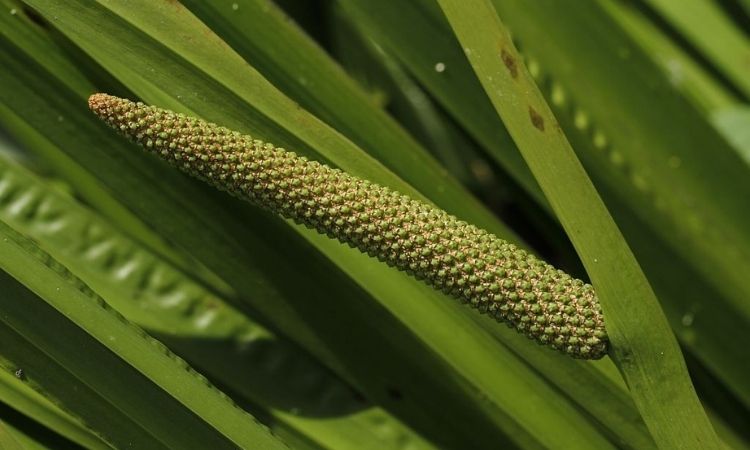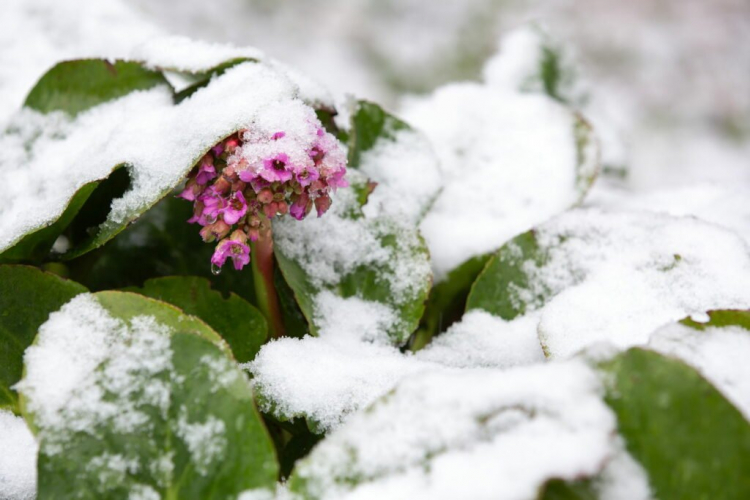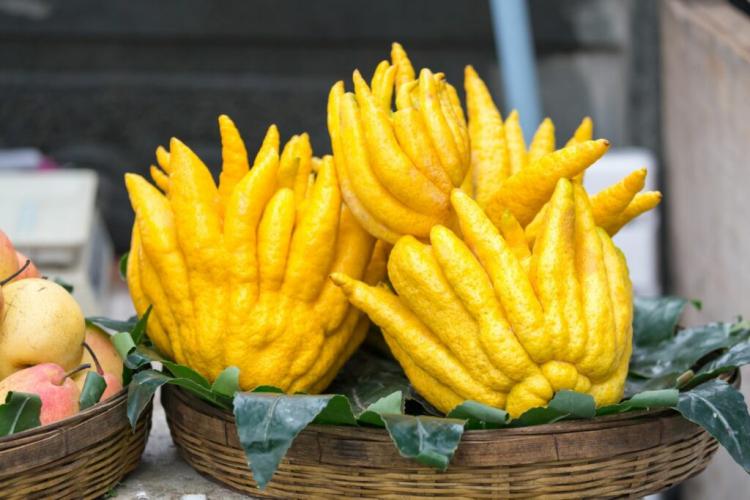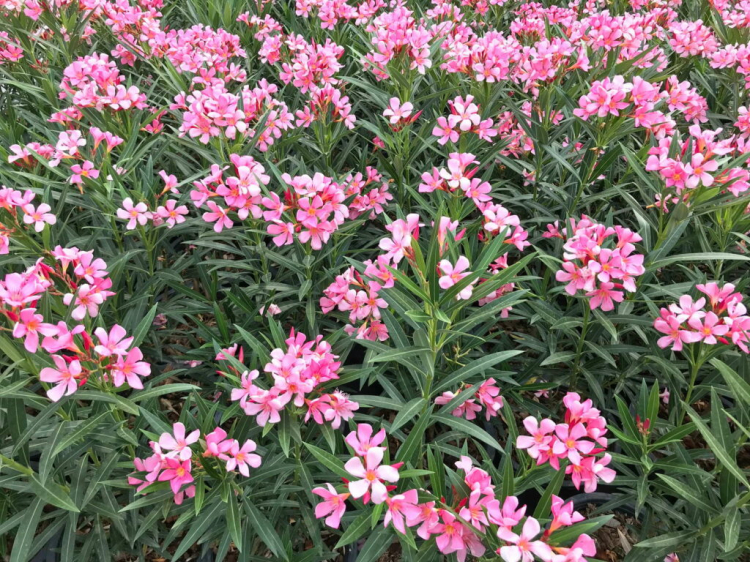The Best Herbal Tea Blends From Your Garden (+ Recipes)
In the home, a garden grows some herbs that you can ideally process into your own tea blends. Which are those, as well as recipes, you can find here.
When it gets cold outside, there is hardly anything more soothing than a warm cup of herbal tea. However, this tea has nothing to do with the usual black or green tea. Rather, it is an infusion of plant parts whose active ingredients are dissolved in hot water. One of the other herbs suitable for tea preparation may even be found in your garden. Here you can learn which herbs are ideal for homemade tea blends and also find some recipe ideas that you can implement right away.
The Best Herbs For Tea Blends
Table of Contents
There are a variety of herbs that are suitable for making aromatic teas. Knowing how each herb works and how to use it can help you put together a harmonious tea blend. Below you will find suitable herbs listed for your tea blend.
10. Lemon Balm (Melissa Officinalis)
Lemon balm has a relaxing, stress-relieving, and mood-lifting effect. A tea of the leaves has a calming effect on insomnia and depressive moods. Its antiviral effect also makes it an ideal winter tea. But even in summer, an infusion of the leaves tastes wonderful as a refreshing iced tea. Harvesting lemon balm should definitely be done before flowering because after that its taste becomes unpleasant.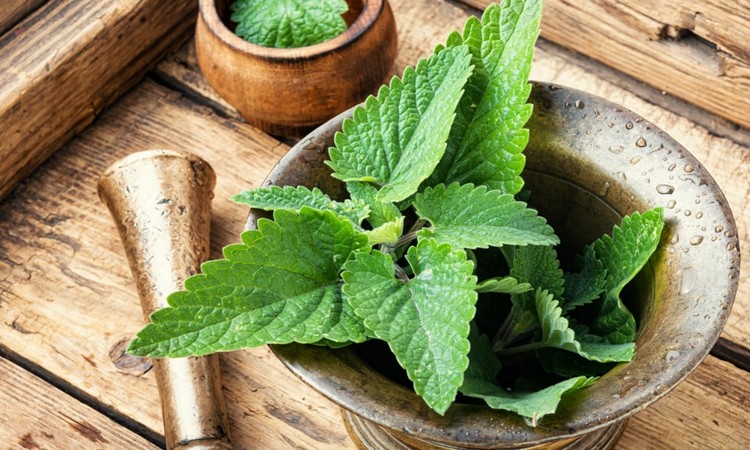
9. Mint
There are a variety of different types of mint that are suitable for tea blends. Commonly used are the aromatic peppermint, the milder apple mint, the dark chocolate mint, or the exotic pineapple mint. Mint has a cooling and refreshing effect. The menthol contains helps to relieve nasal congestion and sinusitis. The aromatic tea is therefore often drunk for sore throats, colds, and headaches. It is also said to relieve stomach upsets and stimulate digestion. However, the tea is not suitable for children and nursing mothers.
8. Sage (Salvia Officinalis)
Sage is a tasty and popular tea herb during the cold season. The tannins it contains strengthen the mucous membranes and thus help with inflammation of the mouth and throat. But be careful during pregnancy: sage can inhibit the formation of milk and should therefore be avoided during pregnancy and breastfeeding. For an aromatic tea, harvest the young leaves before flowering.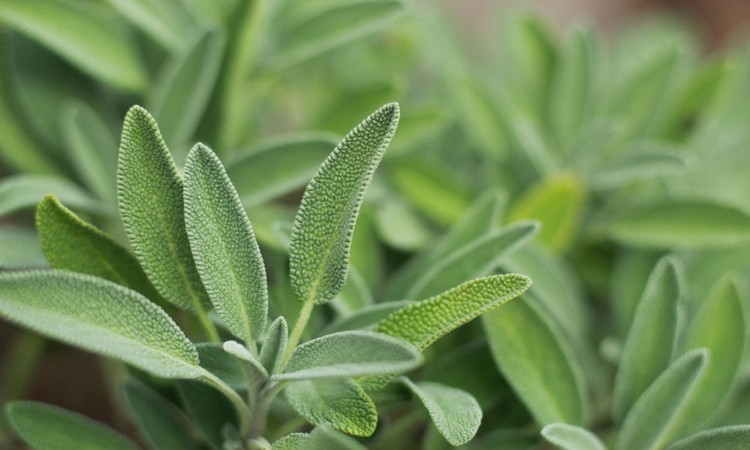
7. Chamomile (Matricaria Recutita)
From May to July, chamomile exudes its distinctive fragrance. The tea can help with insomnia and ensures healthy digestion. It is also said to alleviate the effects of stress and anxiety. If you have a cold, you can enhance its effect with a little honey and lemon juice. The sweet-tart taste makes the tea very popular with children as well. Only the tender flower heads are harvested.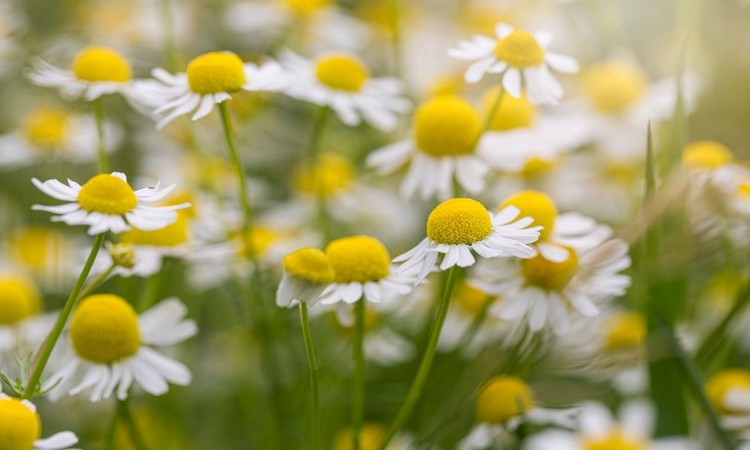
6. Thyme (Thymus Vulgaris)
Thyme is often used for seasoning in the kitchen. However, its effect and aroma also make it wonderful in a tea mixture. Thyme is not for nothing an ingredient of many cough syrups and cough drops. It has antimicrobial and expectorant effects and helps to expectorate. The lemon thyme (Thymus citriodorus) is a hybrid form, which is also wonderfully suitable as a tea herb.
5. Lemon Verbena (Lippia Citriodora)
The South American sister of the native verbena exudes its aromatic scent of lemon at the lightest touch. In summer, the fresh leaves can be used to make refreshing iced tea. Lemon verbena has a relaxing, calming, and appetizing effect. A tea made from the leaves is said to lift the spirits and promote deep, restful sleep. In France, the traditional tea for falling asleep is called “verveine”.
4. Damask Rose (Rosa Damascena)
The rose has limited medicinal properties, but the petals in the tea can lift your mood with their color and fragrance alone. Starting in September, the ripe fruits are harvested, halved, and dried in a slightly open oven at 122 °F. The rose hips contain a lot of vitamin C to strengthen the immune system. They make a delicious, fruity tea for the cold winter months.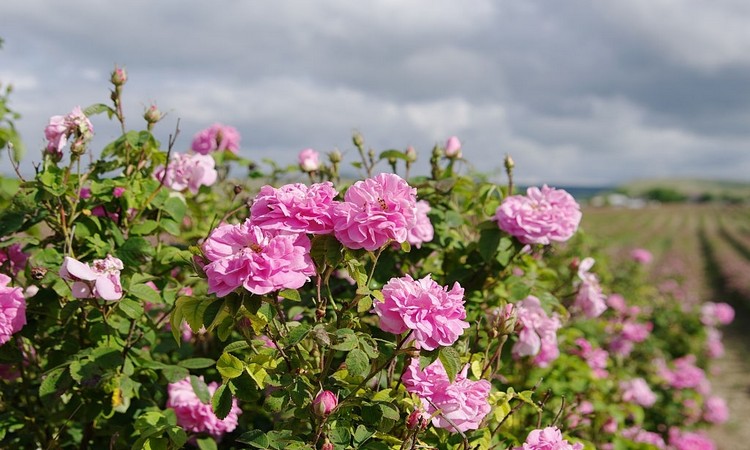
3. Marigold (Calendula officinalis)
Calendula is a versatile medicinal plant that has been used since the Middle Ages to treat a wide range of ailments. Among other things, it has an anti-inflammatory effect and helps with digestive and menstrual problems. The whole flower heads or the individual petals are harvested. In the past, they were also sold as “false saffron” because of their yellow color.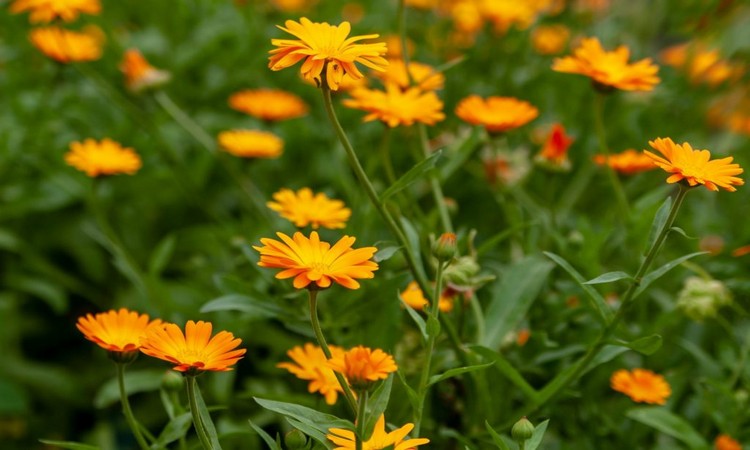
2. Malva
The flowers and leaves of the Malva contain mucilage, which has an irritant and analgesic effect on inflamed mucous membranes. For a cough tea, they are steeped in a cold extract for several hours (do not boil). Afterward, the tea can be warmed slightly and drunk in sips. The large Sylvestris and the small Malva neglecta have the same effect. Other types of mallow are partially ineffective or have a lower active ingredient content. The flowers are also often used as an ornamental drug, as they color the tea blue.
1. Monarda Didyma (Scarlet beebalm)
Scarlet beebalm also called Monarda Didyma or Indian nettle was an important medicinal and tea plant of the North American Indians. Due to its expectorant and sleep-inducing effect, it was used for colds. The individual reed flowers are plucked off and also serve as a colorful addition to herbal tea blends.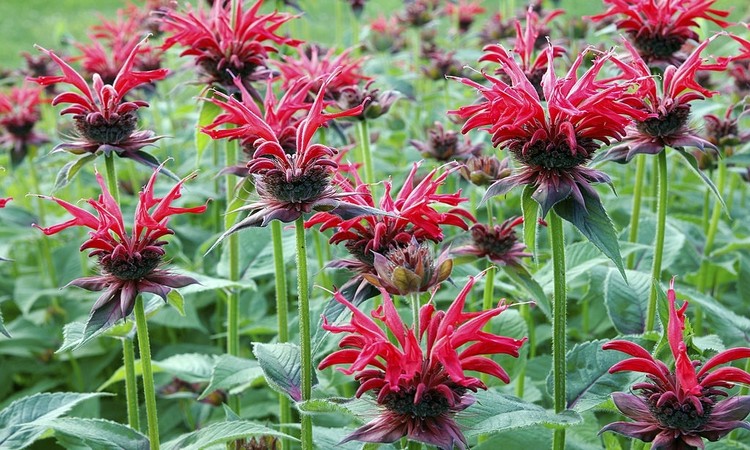
| You might so like: 10 Healthy Herbs For Dogs: Use This Herbs With Healing Properties From The Garden
Make Your Own Herbal Tea Blend
For making tea in winter, you should already have a sufficient supply of dried herbs in the summer months. Harvesting is best done on dry days. In the case of flowering herbs, the open flowers are cut off. For leafy herbs, individual leaves or whole shoot tips can be harvested just before flowering. The herbs are then dried as gently as possible in an airy, warm place without direct sunlight. The drying process is complete when the herbs crackle when squeezed. The individual herbs can then be stored in airtight jars.
There are some basic rules to follow when mixing the herbs. In general, no more than seven herbs should be combined. Usually, three to four herbs are enough for a tea mixture. If you want to achieve a certain effect, you mix herbs with the desired properties. For the beginning, it is recommended to mix a small amount and taste it. The best way to preserve the taste, aroma, and healing properties is to prepare a simple infusion. To do this, pour hot water over the herbs and let them steep for a few minutes, depending on the recipe. Once you have found your favorite blend, it can be stored in a paper bag, glass jar, or tea caddy. Also, don’t forget to label them so that one can replicate them in case.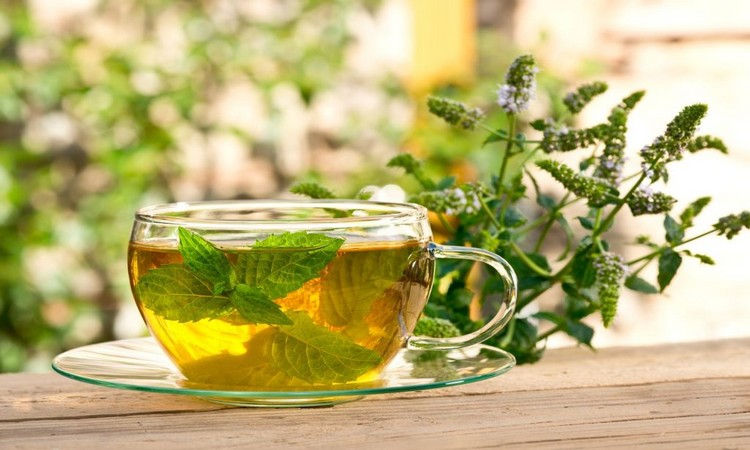
Recipes For Tea Blends To Try Out
Last but not least, we’re now sharing three of our favorite tea blends from the garden so you can get started right away.
Recipe 1: Good Mood Tea
Ingredients:
- 5 parts lemon verbena,
- 3 parts pineapple mint,
- 2 parts Scarlet beebalm,
- 1 part marigold,
- 1 part rose.
A summary, fruity herbal tea with colorful flower confetti. Provides good mood even on gloomy autumn days. Infuse one teaspoon per cup with hot water and steep for 8 to 10 minutes.
Recipe 2: Free Breath Tea
Ingredients:
- 5 parts peppermint,
- 4 parts sage,
- 2 parts thyme,
- 1 part scarlet beebalm.
In winter, the first cold is usually not far away. Take a deep breath and let the aromas of this tea blend take effect on you. Infuse one teaspoon per cup with hot water. Let steep for about 6 to 8 minutes and sweeten with a little honey if desired.
Recipe 3: Good Night Tea
Ingredients:
- 6 parts lemon balm,
- 3 parts chamomile,
- 2 parts dried apple pieces,
- 1 part mallow blossoms.
A soothing relaxing tea for the evening hours. Helps you fall asleep and promises sweet dreams. Infuse two teaspoons per cup with hot water. Let steep for about 8 to 10 minutes.
Herbs can support health not only in teas. In our special article, we present 11 immune-boosting herbs that can also be grown in your own garden.
